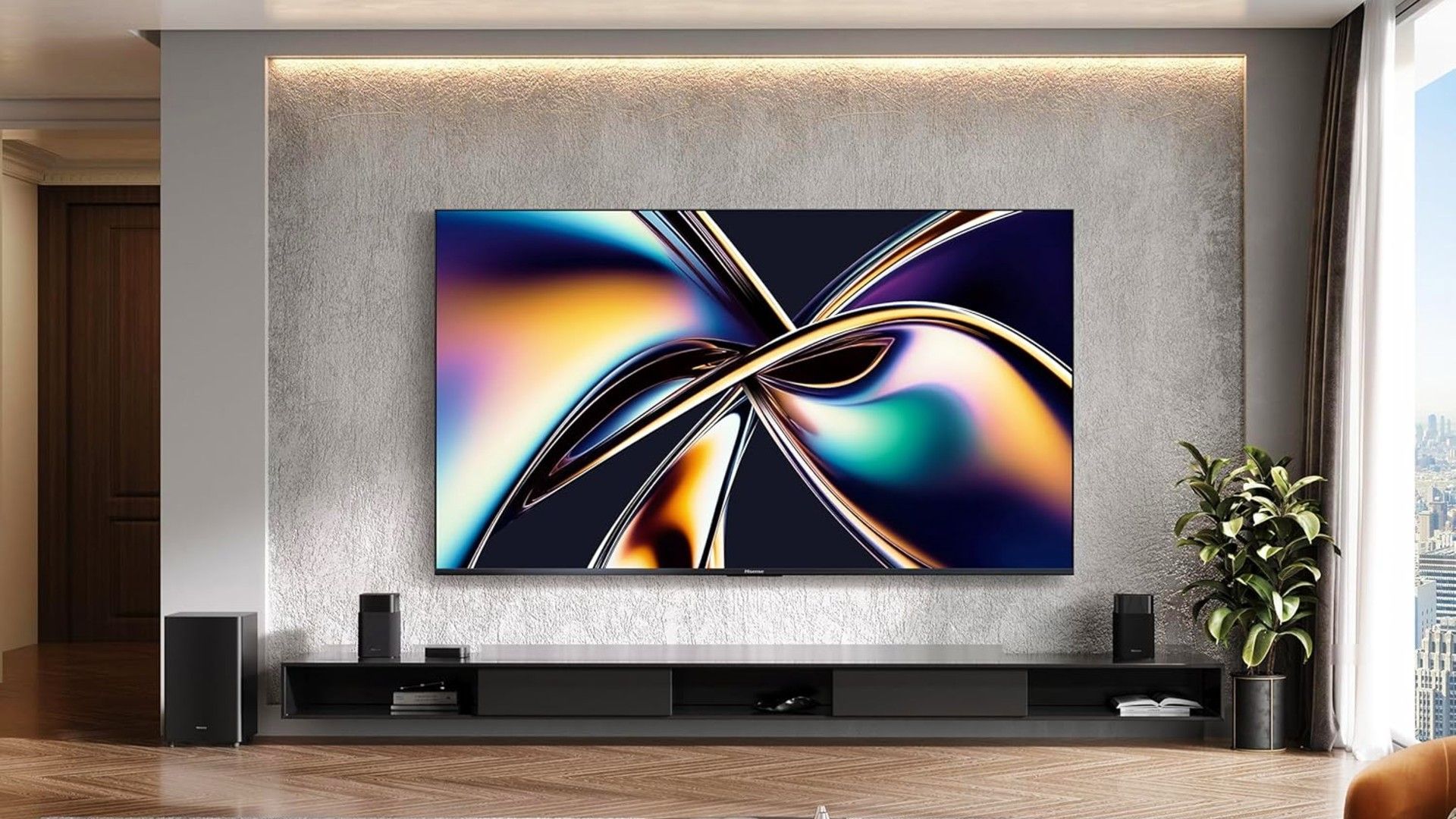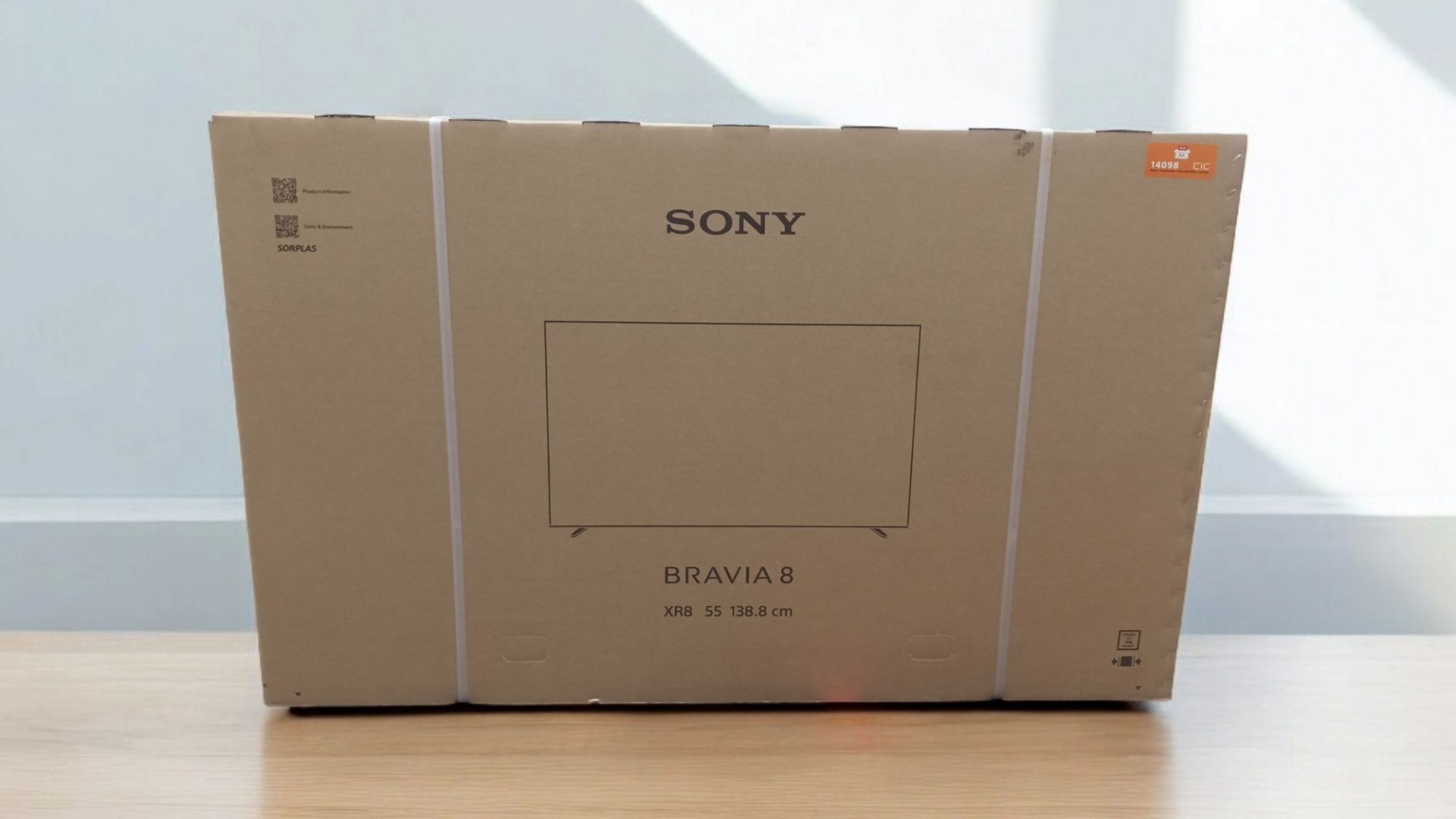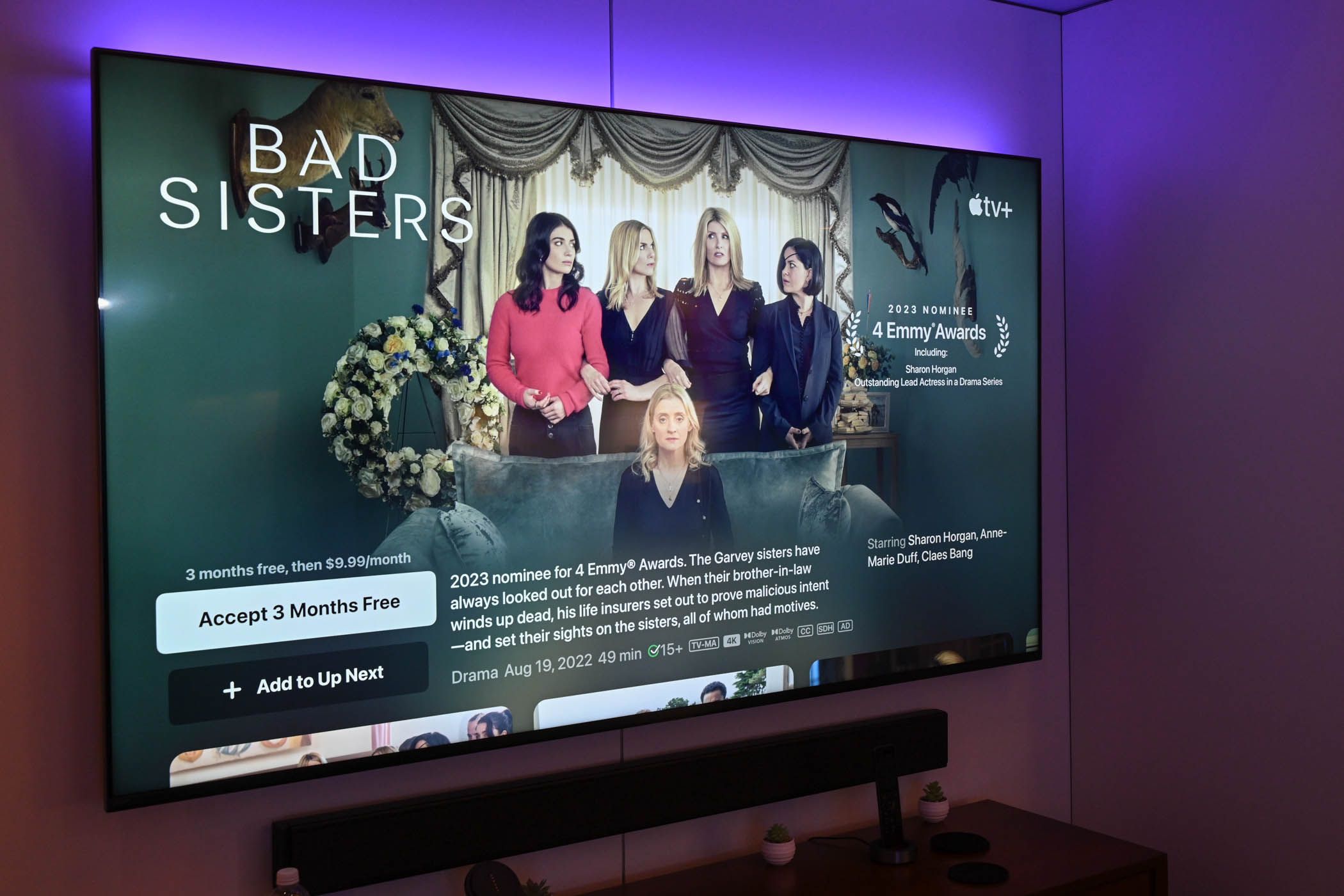I still tend to think of miniLED technology as a high-end feature, with affordable entry-level and mainstream TVs still using backlighting, or a low number of large dimming zones. However, that’s just not true anymore. There are now miniLED TVs for well under a thousand dollars—and they are awesome.
The floor on image quality has been raised so much over the past few years that even mid-range TVs from the late 2010s look pretty awful compared to next-generation budget TVs today, and I think the base level of image quality on offer now makes it very hard to justify spending big bucks on a TV, even if you’re something of a videophile.
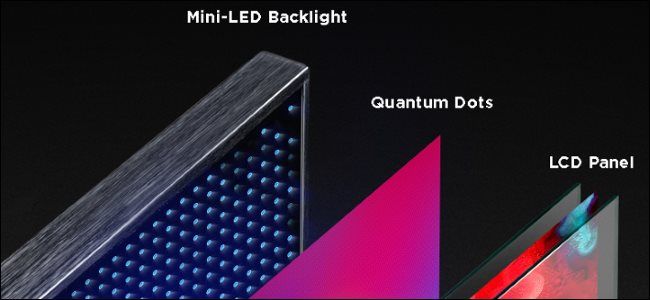
Related
What Is a Mini-LED TV, and Why Would You Want One?
Mini-LED TVs offer more local dimming zones, which means improved contrast and deeper blacks. They’re not hugely expensive, either. Here’s what you need to know.
TCL and Hisense Are Killing It With Budget miniLED TVs
The two companies largely making this possible are TCL and Hisense. Yes, they are both manufacturers based in China, so the ongoing tariff situation may affect any discussion of price. However, since almost all TVs sold in the USA are made in China, South Korea, Mexico, and Vietnam the relative pricing advantages should stay the same. At least, I hope they do!
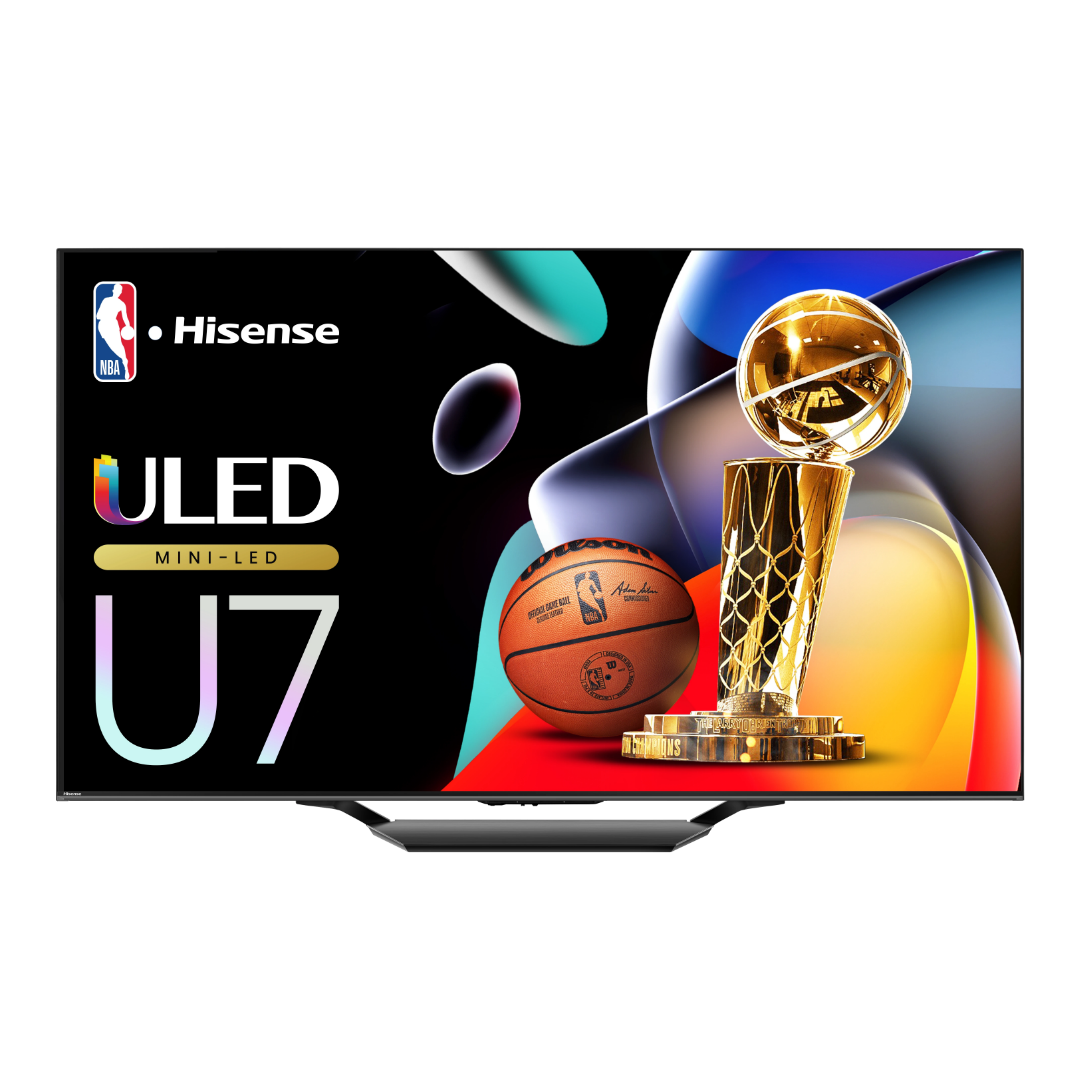
Hisense U7N
- Dimensions
-
57 x 33 x 3.0 (without stand)
- Display Technology
-
LCD Mini-LED
While the TCL and Hisense brands weren’t that well-known in the US, these are long-time established companies that are fully vertically-integrated and make their own TVs almost in their entirety. TCL has been making panels for companies like Samsung for ages. So even before you knew who TCL was, you may have purchased a TV containing its screen technology.
Both of these companies have developed a reputation for decent quality and reliability at significantly lower prices than more premium brands, and it’s thanks to that aggressive pricing we’re now seeing miniLED technology in TVs that are so affordable. These TVs are reviewing darn well.
For example, the Hisense U7N (which I am seriously considering for myself) got a 7.5 overall through TV experts RTings. The TCL QM7K got a score of 7.8 from the same outlet. We’re talking about TVs that range from $600 to $900 for the 55-inch models, and I have seen them go on sale several times a year with prices closer to the $500 mark.
These TVs Punch Far Above Their Weight
The one major reason that these budget TVs offer such a big uplift in the image quality department is down to miniLED technology. Instead of having a backlight, or edge-lit LCD panel, you have hundreds or even thousands of tiny LEDs arranged in a grid behind the screen. Each LED can be dimmed or switched off individually, allowing for much, much better contrast and black levels.
This makes it possible for miniLED displays to get you (subjectively) 80% of the way to the contrast and black levels of an OLED, but at a fraction of the price and without other common OLED drawbacks like brightness issues or image retention. Don’t get me wrong, if money’s no object OLED is the way to go, but miniLED closes the gap by a lot. As someone who owns an LG CS OLED as my main living room TV, an edge-lit budget Samsung QLED as my bedroom TV, and several premium miniLED screens in my Apple devices, I can tell you these cheap miniLED displays knocked my socks off in the showroom.
And I do absolutely recommend that you go see them for yourself, rather than just ordering one online sight-unseen. Something I’d say to anyone buying a TV. You might be more sensitive to bloom, which is one weakness of miniLED tech, for example. Though in the case of the two models I mentioned above, it’s well-controlled.
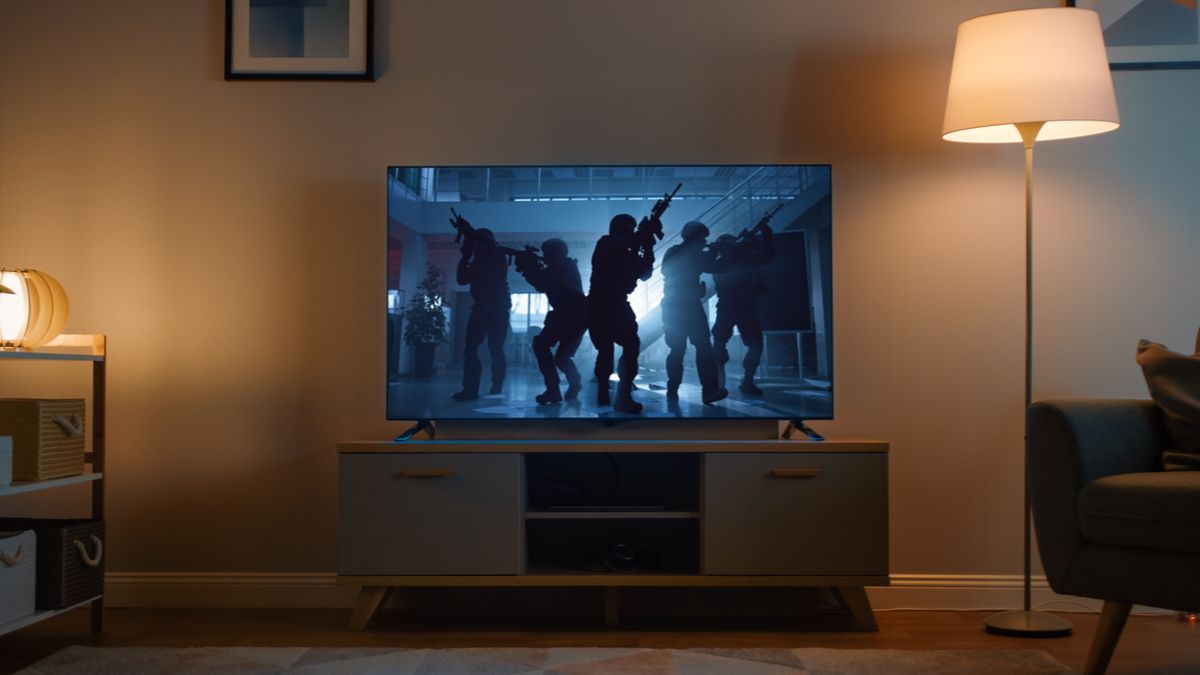
Related
What Is “Blooming” or the “Halo Effect” on a Monitor or TV?
Should you worry about “blooming” on your new TV?
Premium Features Make Expensive TVs Less Sensible
If it was just the raw benefit of miniLED backlighting, then I would already be pretty excited for the budget and midrange TV market, but it goes beyond that. For example, these TVs usually have quantum dots. They offer native refresh rates of 120Hz and 144Hz, and support HDMI VRR, AMD Freesync, and NVIDIA G-sync. These are all premium features that could only be found in much more expensive model not too long ago. You’ll find proper HDR brightness levels, and support for standards like HDR10+ and DolbyVision. For all intents and purposes these TVs are feature complete.
So, if I were a gamer using a PlayStation 5 or Xbox Series X (and I am), I’d find one of these TVs mighty attractive right now. Based on the professional evaluations I’ve seen of this new generation of budget miniLED, we’re zoning in on the sweet spot of price and image quality.
Have a look at this review of the Hisense U7N by TV luminary Caleb Denison, and you’ll see exactly what I mean.
You Can Upsize for the Same Money
One big advantage of this drop in price for a given image quality level and feature set is that if you choose to keep your budget the same, you can probably move a step or two up in size. That means you now have the opportunity to get a 65-inch TV instead of the 55-inch you would have bought before, or a 75-inch instead of the more popular 65-inch size.
There Are Some Catches
Obviously, there has to be some sort of catch, and there is. However, it’s not really a deal-breaker. Both of these companies have developed a decent level of quality control over the years, and often offer longer warranty periods than the likes of Samsung or LG, probably in part to help people get over their hesitance to go with a new brand that sells at lower prices.
On the technical side, you might not always get the fastest chips for the smart TV part of the equation, but then that was always true of budget TVs in this price range with much worse picture quality. These TVs tend to make use of Google TV as their platform, which is frankly a good thing and means decent long-term support. I’ll take that over a poorly-supported proprietary operating system any day.
Honestly, I’m looking at my entry-level 55-inch Samsung QLED that I bought four years ago and wondering why exactly I shouldn’t just sell it and buy one of these miniLED TVs instead. So far I haven’t come up with many good reason, so it looks like I might be getting myself a new TV for Christmas this year.



